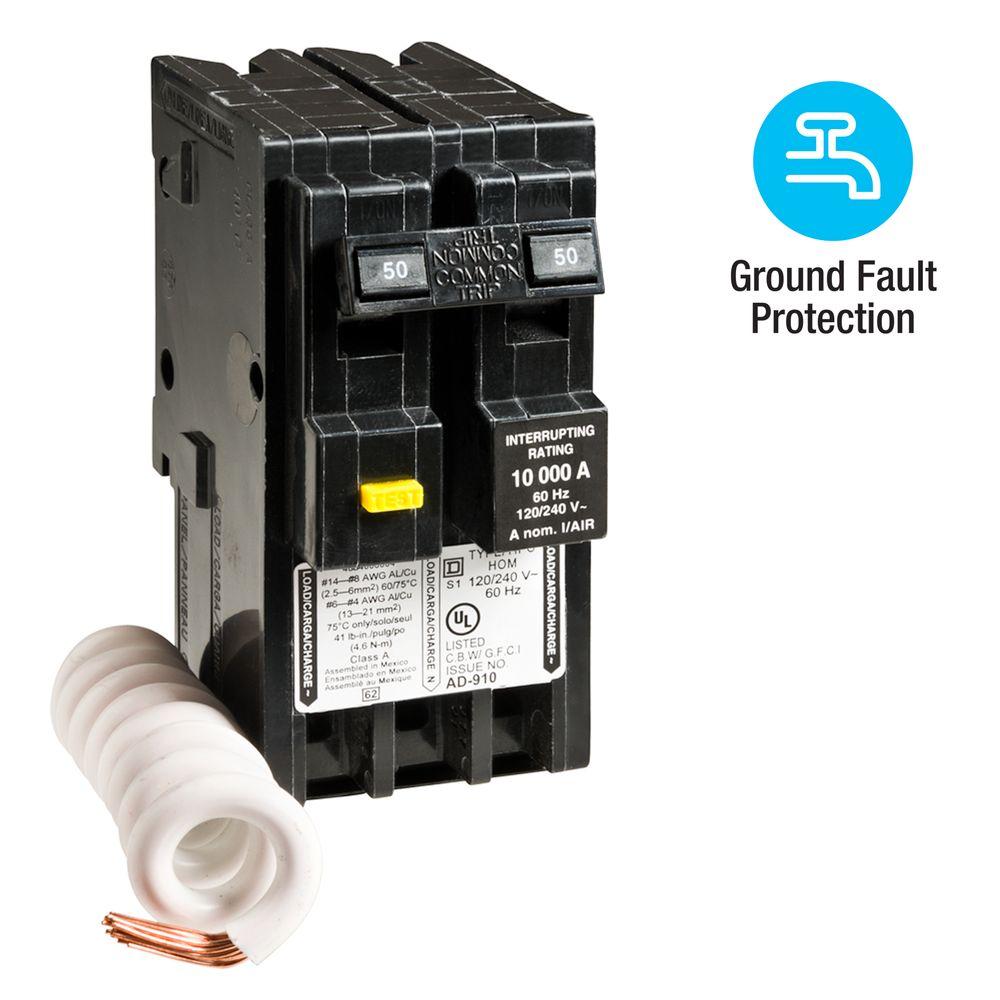Thanks for the response. I'm trying to understand how these things are wired to I can feel safe and comfortable using it. I was looking at this diagram for wiring an Auber Cube. Since the heater outlet is wired with two hots and a ground, wouldn't that cause an imbalance between the neutral and the two hots tripping the GFCI?
Also, wouldn't the element be getting 110V all the time assuming the breaker switch is on?
Ok, this is going to take a bit of an explanation of how AC current works is a split-phase setup like US homes have. If you live somewhere other than the US, then it might be different. You need to understand that AC current cycles between +120V and -120V 60 times per second.
AC service to your house is set up with two 120V supplies (the black and red wires). These two supplies are 180 degrees out of phase from each other. This means that when the black supply is at +120V, the red is at -120V. When you measure the voltage difference between these two, you get 240V (+120V -(-120V)). For either the black or the red wire, if you measure the voltage from "hot" (red or black) to neutral (white), you get 120V no matter which one of the "hot" wires you chose, because the neutral is always at zero potential.
When you only have a 240V heating element wired up to the red and black wires, all the current is flowing through those two wires, and nothing goes through the neutral (white) wire or ground (green or bare copper).
When you have a 120V load like a pump wired up between the black and white wires, you get current flowing through the black and white wires.
Let's throw some numbers into this for clarity. Assume one 240V 5500W heating element and one 120V pump:
The heating element is 5500W at 240V; that's 22.9 amps (P=V*I) flowing from black to red
Let's assume the 120V pump is pulling 2 amps from black to white.
That means the black wire is carrying 22.9 + 2 = 24.9 amps
The red wire is carrying 22.9 amps
The white wire is carrying 2 amps
Now, the GFCI breaker is using a current sensing ring that has all three (black, red, and white) wires inside it. The total current going in (24.9 amps in the black wire) exactly equals the current going out (22.9 amps in red + 2 amps in white), so there is NO imbalance across the whole circuit.
If you have a ground fault on the black wire for example, then some of that current going out through the black wire is not coming back through the red and white wires; it's flowing through the ground wire (and potentially through YOU on the way...). Since it's going through the ground, it's NOT coming back through either the red or white wires. The current sensing ring only measures through the black, red, and white wires. Now the current going in doesn't match the current going out. That IS an imbalance and will trip the GFCI.
I hope that helps. This stuff can be fairly tricky to understand when you are working with a split phase system. Here's a good reference:
https://en.wikipedia.org/wiki/Split-phase_electric_power Figure 1 shows how US household service is set up.





